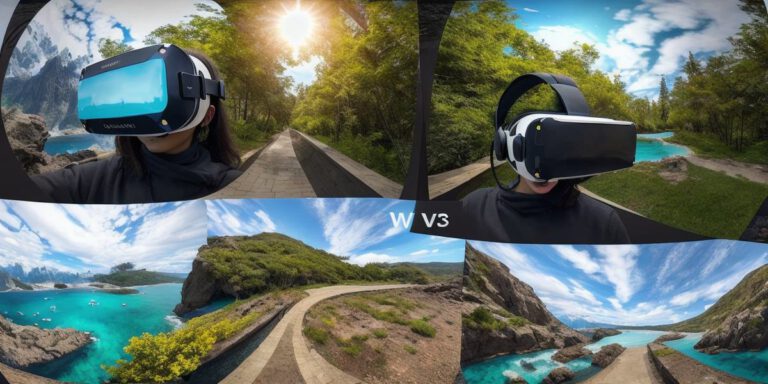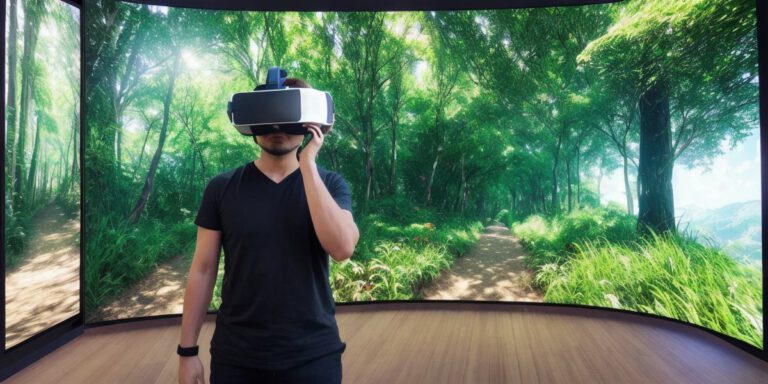Is Virtual Reality Realistic? Advantages and Limitations

Virtual reality (VR) is a burgeoning technology that has captured the imagination of people around the world. It promises to revolutionize the way we interact with the digital world, allowing us to experience immersive environments in ways never thought possible before. But is VR truly realistic? And what are its advantages and limitations? In this article, we will explore these questions and provide insights from experts in the field.

Is Virtual Reality Realistic?
The short answer to this question is that virtual reality can be as realistic as we make it. The technology is constantly evolving, and advancements in areas such as motion tracking, graphics rendering, and haptic feedback are making VR experiences increasingly lifelike. However, there are still limitations to what VR can achieve.
One of the biggest challenges facing VR developers is the human body’s innate ability to perceive reality. Our brains have evolved to process sensory input from our environment in a specific way, and this can make it difficult for us to fully immerse ourselves in a virtual world. For example, when we look around in a physical space, our eyes adjust to the available light and focus on objects that are closest to us. In VR, however, these cues are absent, which can lead to a sense of disorientation or even nausea.
Another limitation of VR is the fact that it requires specialized equipment to function. While prices have come down significantly in recent years, not everyone has access to a VR headset or the powerful computer required to run one. This means that there are still many people who cannot experience the full potential of VR technology.
Despite these limitations, there are many ways that VR can be made more realistic. For example, haptic feedback technology can be used to simulate the sensation of touch in virtual environments, allowing users to feel as if they are truly interacting with a physical object. Motion tracking systems can also be improved to better mimic the movements of our bodies, further enhancing the sense of realism.
Advantages and Limitations of Virtual Reality
There are many potential advantages to virtual reality technology. For one, it has the potential to revolutionize the way we learn and train people. With VR, students can practice skills in a safe and controlled environment, allowing them to make mistakes without fear of real-world consequences. This could be particularly useful in fields such as medicine or aviation, where even small mistakes can have dire consequences.
Virtual reality can also be used for entertainment purposes. Games and movies can be experienced in ways that were previously impossible, providing a level of immersion that cannot be achieved with traditional media. This has the potential to make VR experiences more engaging and exciting, drawing people into virtual worlds in ways never thought possible before.
Despite these advantages, there are also limitations to what VR can achieve. As mentioned earlier, the technology is still relatively new, and there are many challenges that need to be overcome before it can be widely adopted. Additionally, there are concerns about the potential impact of VR on our mental health and well-being. For example, some studies have suggested that extended exposure to virtual environments can lead to feelings of isolation and disconnection from the real world.
Real-Life Examples of Virtual Reality in Action
Despite the limitations and challenges faced by VR technology, there are already many real-life examples of how it is being used to enhance our lives. For example, virtual reality is being used in therapy to treat conditions such as anxiety and PTSD








